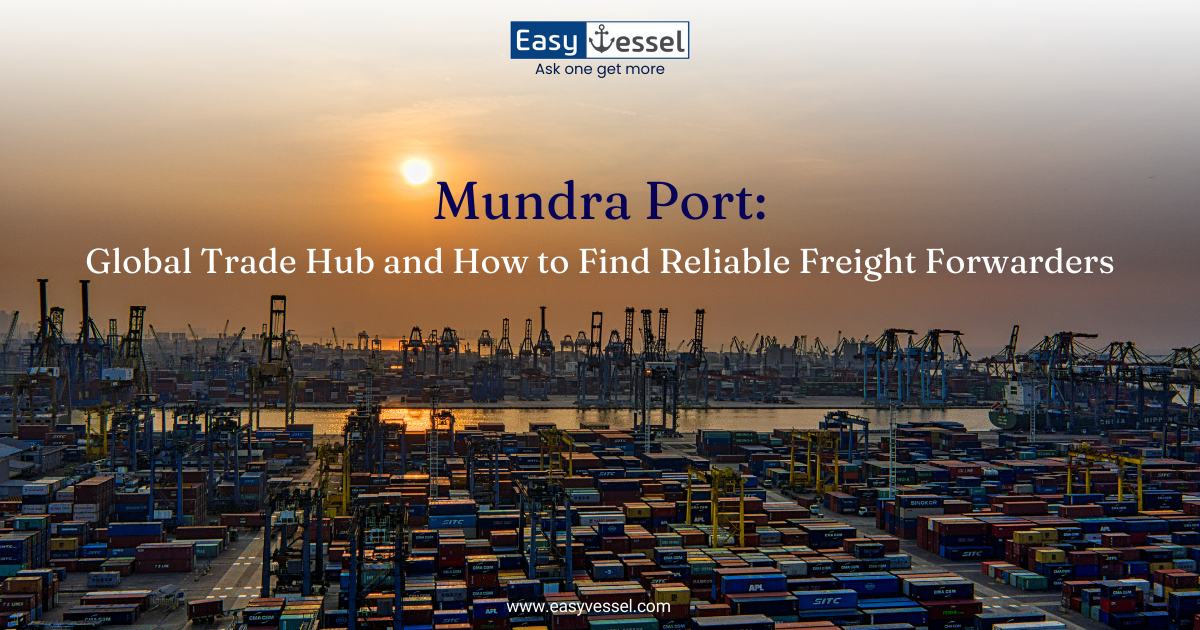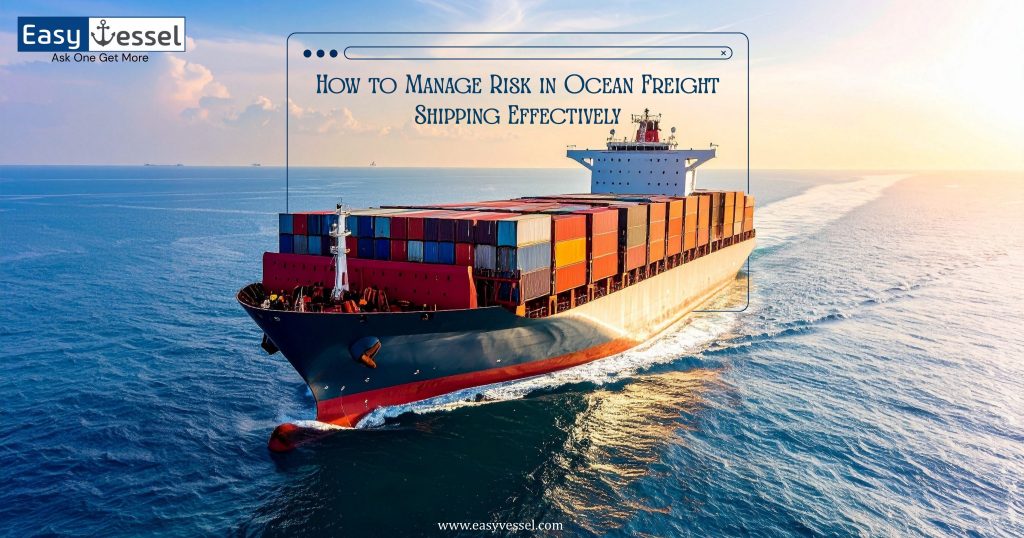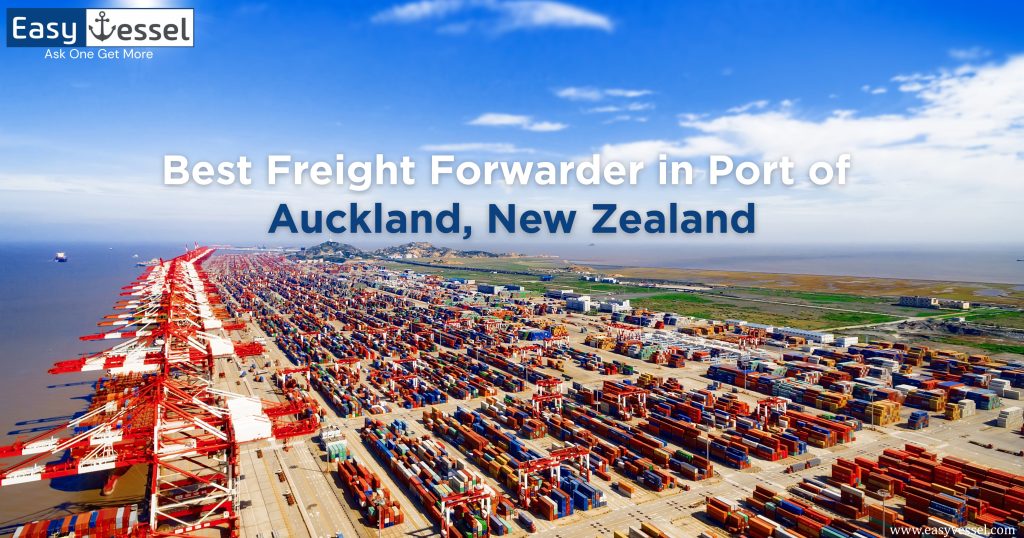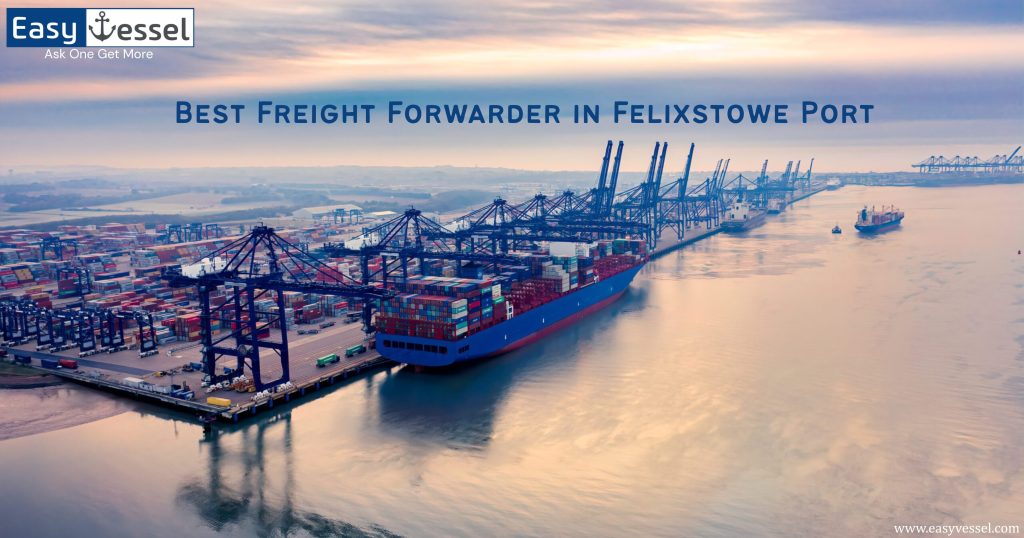History of Mundra Port:
- Mundra Port in Gujarat, nestled along the Gulf of Kutch, boasts a rich maritime legacy dating to the 17th century, evolving into India’s first private port in 1998 under Gautam Adani’s vision.
Development Timeline:
- 1994: Gautam Adani conceived Mundra Port, marking a significant shift in the region’s maritime landscape.
- 1998: Gujarat Adani Port Ltd. (GAPL) emerged, marking India’s inaugural private port. Terminal I commenced operations, hosting its first ship, MT Alpha-2.
- Early 2000s: Rapid expansion ensued, increasing cargo handling capacity and establishing the Mundra Special Economic Zone (SEZ) for industrial growth.
Key Milestones:
- 2007: Achieved the status of India’s largest commercial port, handling diverse cargo.
- 2013: Expanded substantially, becoming one of the world’s largest container-handling ports.
- 2019: Crossed a significant milestone by handling over 144 million metric tons of cargo.
Future Outlook:
- Mundra Port continues to evolve, prioritizing sustainability, and aims to set benchmarks for future port development.
- Positioned as a pivotal force in India’s maritime sector, it contributes significantly to the nation’s trade and economic prosperity.
Top Trade Segments:
- Imports: Notably, coal and crude oil stand out, with Mundra being the world’s largest coal import hub.
- Exports: Minerals, agri-products like wheat, rice, and spices, and manufactured goods contribute substantially, adapting to market dynamics over time.
In summary, Mundra Ports journey, from inception to becoming a maritime giant, reflects ambition, innovation, and resilience.
History of Freight Forwarder:
- In the 18th century, innkeepers acted as the original freight forwarders, storing and forwarding travelers’ belongings.
- Later, companies like Thomas Meadows expanded this service to handle entire shipments, navigating complex logistics across various transportation modes.
- With advancements like railroads, steamships, and planes, forwarders mastered multi-mode shipping.
- The computer revolution streamlined processes, replacing paperwork with real-time tracking.
- Today, freight forwarders embrace technology, using AI and sustainable practices to efficiently move goods.
- From helpful innkeepers to tech-savvy experts, they’ve evolved, connecting the world one shipment at a time.
Average Daily Vessel Traffic:
Mundra Port, India’s crown jewel on the western coast, thrives on a constant influx and outflow of vessels. But what’s the average daily traffic like? Let’s explore:
Daily Vessel Count:
- Average: Approximately 30-35 vessels traverse Mundra Port daily. This includes arrivals, departures, and those anchored awaiting their turn.
- Peak Season: During peak months like July-August and November-December, traffic can rise to 40-45 vessels per day, driven by increased demand for commodities like coal and grains.
- Types: The mix of vessels varies, but bulk carriers and container ships dominate, followed by tankers and general cargo ships.
Mundra serves as India’s EXIM gateway for container traffic, handling 33% of the country’s container flow. Its dedicated freight strip facilitates double-stack containers from the northern locality to Mundra.
Factors Influencing Traffic:
- Global Trade: Economic fluctuations and trade patterns significantly impact vessel activity. Increased demand for Indian commodities or disruptions in other trade routes can push traffic higher.
- Seasonal Variations: Agricultural harvest seasons and festive periods lead to spikes in specific cargo types, affecting vessel movements.
- Port Infrastructure: Mundra’s efficient cargo handling facilities and deep draft berths contribute to its ability to accommodate high traffic volumes.
Types of Vessels:
Mundra Port welcomes a diverse fleet of vessels, each playing a unique role in global trade:
- Container ships: These giants carry the colorful stacks of containers that hold everything from electronics to clothing to food.
- Bulk carriers: These vessels transport vast quantities of raw materials like coal, iron ore, and grains, essential for industries worldwide.
- Tankers: These specialized ships carry liquid cargo, such as crude oil, petroleum products, and even liquefied natural gas (LNG).
- General cargo ships: These vessels handle a variety of goods that don’t fit neatly into containers, such as machinery, vehicles, and project cargo.
Easyvessel is the best platform that connects importers/exporters to multiple freight forwarders to get the best freight rate worldwide with 0% commission. Importers/Exporters post their inquiries about freight rates on the Easyvessel portal. All inquiries are displayed on the freight forwarder’s dashboard.
Cargo Route in Mundra Port
- The cargo routes at Mundra Port, situated on the west coast of India, primarily involve both domestic and international trade.
- With its strategic location, Mundra serves as a crucial hub for various cargo types, including containerized goods, bulk commodities like coal, crude oil, and petroleum products, as well as general and project cargoes.
- Mundra Port connects to several key global destinations across continents, facilitating trade with regions such as Europe, Africa, the Middle East, and Southeast Asia.
- Major shipping lines operate regular services from Mundra, linking it to ports worldwide.
- Its proximity to major industrial and commercial centers in India, efficient infrastructure, and deep draft enable Mundra Port to handle diverse cargo efficiently.
- This port’s cargo routes contribute significantly to the country’s import-export activities and serve as a vital node in global maritime trade networks.
- It’s a global gateway, managing trade in goods, raw materials, and products.
- This port is crucial for India’s trade ties worldwide.
Average Daily Vessel Traffic:
Mundra Port, India’s crown jewel on the western coast, thrives on a constant influx and outflow of vessels. But what’s the average daily traffic like? Let’s explore:
Daily Vessel Count:
- Average: Approximately 30-35 vessels traverse Mundra Port daily. This includes arrivals, departures, and those anchored awaiting their turn.
- Peak Season: During peak months like July-August and November-December, traffic can rise to 40-45 vessels per day, driven by increased demand for commodities like coal and grains.
- Types: The mix of vessels varies, but bulk carriers and container ships dominate, followed by tankers and general cargo ships.
Factors Influencing Traffic:
- Global Trade: Economic fluctuations and trade patterns significantly impact vessel activity. Increased demand for Indian commodities or disruptions in other trade routes can push traffic higher.
- Seasonal Variations: Agricultural harvest seasons and festive periods lead to spikes in specific cargo types, affecting vessel movements.
- Port Infrastructure: Mundra’s good facilities for moving goods and its deep ports help it handle high traffic values easily.
Daily TurnOver Near Mundra Port:
Mundra Port, India’s maritime marvel on the west coast, hums with the constant churn of cargo and commerce. But just how much does this economic engine turn over each day? Let’s see:
Cargo Turnover:
Millions of Tonnes: Mundra Port boasts an average daily cargo turnover of a whopping 500,000 to 600,000 tonnes. That’s like juggling the weight of over 350 Boeing 747 aircraft every day!
This immense figure includes various types of cargo:
- Dry Bulk: King of the hill, dry bulk cargo like coal, iron ore, and grains contributes around 350,000 tonnes daily.
- Containers: These colorful boxes carry a diverse mix of goods, adding roughly 150,000 tonnes to the daily tally.
- Liquid Bulk: Oil and other liquid commodities chip in with around 100,000 tonnes daily.
Value Turnover:
- Billions of Rupees: The daily value of goods flowing through Mundra Port is equally staggering, estimated at over 10 billion Indian rupees. That’s enough to buy a small fleet of luxury yachts or fund a major infrastructure project!
- Currency of Trade: Transactions involve various currencies, reflecting the port’s global reach. US Dollars, Euros, and Indian Rupees are the main players.
Seasonal Fluctuations:
- Peak Season (Sep-Feb): Trade booms during these months, with daily cargo turnover peaking at around 700,000 tonnes due to increased demand for commodities like coal.
- Off-Season (Mar-Aug): Traffic dips slightly, with daily cargo turnover averaging around 450,000 tonnes, but Mundra remains a vital trade hub.
- Coal dominates, representing 50% of daily cargo at Mundra Port, vital for India’s energy needs.
- Iron ore follows at 20%, crucial for India’s steel industry, heavily exported via Mundra Port.
- Agricultural produce (grains, oilseeds) accounts for 15%, highlighting food security and trade.
- Containerized cargo, and diverse goods, establish the remaining 15%, leveraging modern services for global trade routes.
How to Find the Best Freight Forwarder Near Mundra Port
Are you looking for the top freight forwarder near Mundra Port?
- Easyvessel is the online way to connect exporters/importers with multiple freight forwarders to get the best freight rate with 0% commission.
- It’s like having a vast directory of trustworthy forwarders at your fingertips.
- On the Easyvessel platform, Importers and Exporters submit inquiries about freight rates.
- All inquiries are displayed on the freight forwarder’s dashboard.
- Freight Forwarders around the world who have registered on the Easyvessel platform can quote on those freight rate inquiries.
- This allows Importers/Exporters to quickly obtain the most competitive freight rate worldwide.
- No need to ask each freight forwarder to give you the best freight rate. And easily generate more leads without any commission.
- At the same time, Easyvessel offers new business opportunities for Freight Forwarders through the platform.
- Our user-friendly interface allows businesses to secure the best Freight Rate with just a few intuitive clicks, saving both time and money.
- What truly sets Easyvessel apart is its vast and dependable network.
In summary, Easyvessel is changing the freight industry, making it simpler, more efficient, and focused on users. In short, it’s the top online platform for the best Freight Rates. Join and embrace the future of Freight Rates with Easyvessel.
Easyvessel Benefits:
Easyvessel offers a convenient platform to find the best freight forwarder near Mundra Port. By using Easyvessel:
- Quick Inquiries: Simply input your shipping inquiries into the Easyvessel portal.
- Instant Quotes: Receive the lowest freight rates in just a minute.
- Saves Time: No need for lengthy negotiations; get immediate access to competitive rates.
- Convenience: Streamlines the process of finding reliable freight forwarders, making shipping hassle-free.
- Cost-Effective: Ensures you get the best deal for your shipping needs.
So, when freight rates are low, it’s a great opportunity to leverage platforms like Easyvessel to find the most competitive rates and reliable shipping services for your business needs.
Conclusion:
In conclusion, Mundra Port’s evolution into a maritime giant reflects ambition and resilience, pivotal in India’s trade landscape. With an average daily vessel count of 30-35 and a turnover exceeding 500,000 tonnes, it’s a crucial hub. When seeking a freight forwarder near Mundra, prioritize factors like local presence, reputation, services, and technology for streamlined shipping. Platforms like Easyvessel offer quick, competitive rates, making low freight costs an opportunity for efficient and cost-effective shipping solutions.
References:
Frequently Asked Questions
Mundra Port, India’s first private port, is a key global trade hub, uniquely handling Bulk Bitumen with a tank farm comprising 100 tanks and a total storage capacity of 4.63 Lakh KL.
Finding the best freight forwarder involves considering factors like reliability, services offered, technology, local presence, and reputation. Platforms like Easyvessel provide a vast network of trustworthy forwarders, enabling quick inquiries and competitive rates, streamlining the process efficiently.
To access top freight rates, explore platforms such as Easyvessel. Utilize their network to submit shipping inquiries and get competitive quotes from multiple freight forwarders. This streamlined process saves time, ensuring cost-effectiveness without extensive negotiations.



